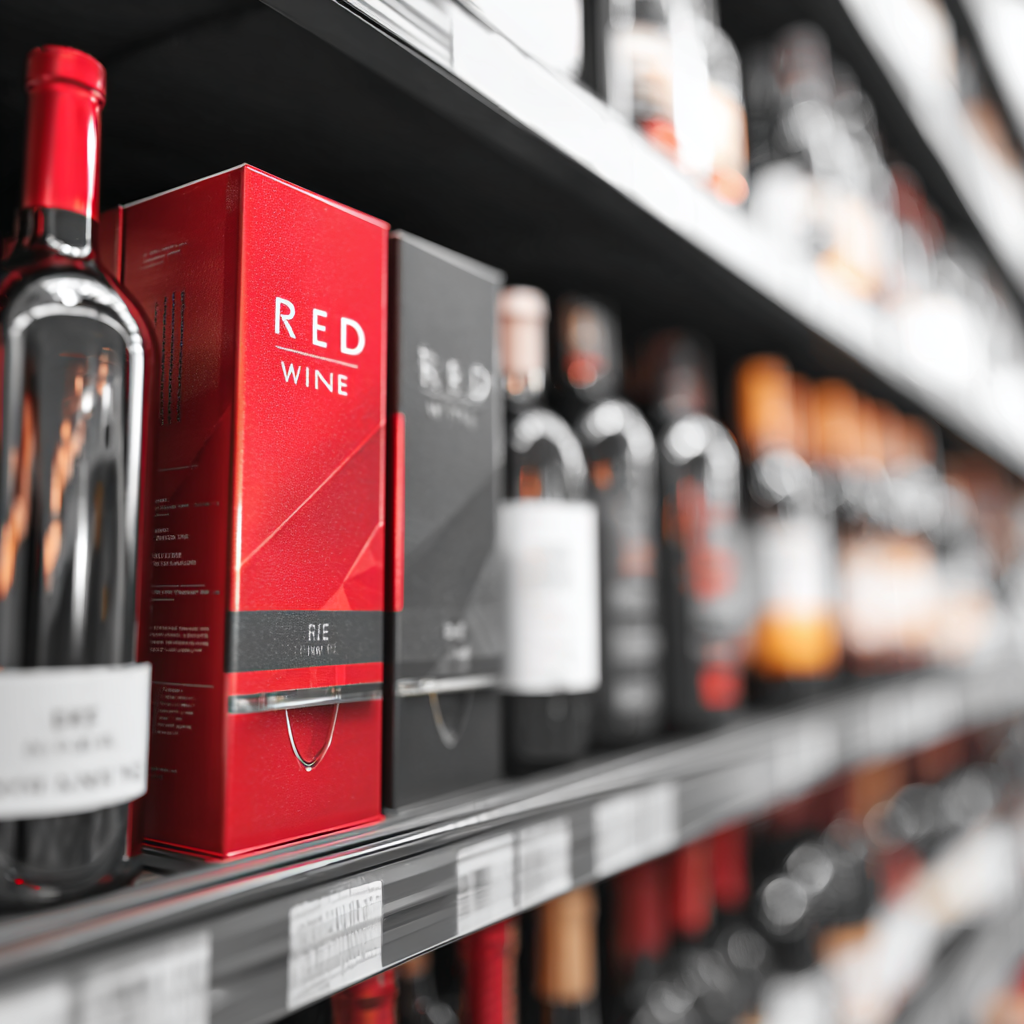Why Glass Bottles Might Be Holding Wine Back
A glass bottle on a white tablecloth. A cork pulled with ceremony. The glug-glug into polished stemware. It feels like wine. But here’s a question worth sipping slow: what if the bottle—the very thing we romanticize—is also the reason wine hasn’t evolved? While tradition keeps glass at the table, the rest of the world is moving.
To the beach, to the park, to the weeknight couch. And wine is starting to come along, but not in bottles. Cans, boxes, and cartons are pouring in—and they’re not just cheaper, they’re smarter. Maybe it’s time we stop asking if wine in a can is good enough, and start wondering if glass is still good for wine at all.
Cans, Boxes, and the Places Glass Can’t Go
Glass is beautiful, but it’s also heavy, fragile, and banned at beaches and concerts. It requires tools. It demands glassware. A bottle is ceremony; a can is freedom. Single-serve wine cans slip into coolers like soda. Boxed wine perches easily on a fridge shelf. Cartons? They’re perfect for camping, picnics, and rooftops. The rise of alternative packaging is less about rejecting tradition and more about making wine belong to more places—from the trail to the tailgate.
The Green Case: Why Lighter Means Cleaner
Wine’s biggest environmental villain? The bottle. Not the grape, not the transport—just the bottle. Glass production burns energy. Shipping heavy bottles burns fuel. In contrast, a bag-in-box wine can cut emissions by up to 84%. Aluminum cans are recyclable forever. Cardboard cartons fold flat and take half the footprint. If we love the land where wine is grown, we should care what it’s shipped in.
Cost Isn’t Cheap—It’s Smart
Glass is expensive. For winemakers. For shippers. For you. A 3L box holds the same as four bottles—and often costs less than three. Cans make it affordable to try new wines without the commitment of a full bottle. Wine becomes a weekday ritual, not just a weekend event. This isn’t about discount—it’s about access. And letting wine fit more comfortably into more lives.
No Tools. No Waste. No Rules.
Pop a can. Pour a box. Twist a cap. That’s it. No corkscrew needed. No leftovers wasted. One glass at a time. Wine doesn’t oxidize overnight in a can. Bag-in-box stays fresh for weeks. And suddenly, you’re not dumping half a bottle down the sink on Tuesday. You’re enjoying wine on your terms: how much, when, where.
The Industry Is Catching Up (Slowly)
Franzia. Black Box. Underwood. These names used to raise eyebrows. Now they raise glasses. Even high-end producers like Tablas Creek and Allegrini are boxing their wines for quality-driven markets. Millennials and Gen Z drinkers are leading the shift, favoring sustainability, convenience, and casual sipping. The bottle’s not dying—it’s just learning to share the shelf.
So Why Does Glass Still Dominate?
Because it’s beautiful. Because it’s history. Because we’ve been told it means quality. But maybe what we need isn’t prettier packaging—it’s a wider view of wine. One that includes corks and cans, elegance and ease. Tradition doesn’t have to be a trap. Glass will always have a place. But so should the wine we drink at the lake. The wine we toss in a backpack. The wine we open with a finger, not a key.
Conclusion
Maybe the future of wine isn’t about what’s inside the bottle—but whether there needs to be a bottle at all. Because wine should meet you where you are: poolside, on the porch, at the end of a long day. A good sip doesn’t care about tradition. It cares that you’re there to taste it.
“It’s not less wine. It’s just more places to drink it.”

